Wondering how the public perceives your brand? Not sure how to respond to a negative review?
In this article, we’ll share tips on how to manage your brand’s online reputation, plus tools you can use to streamline the process.
If you’re a beginner seeking expert help, check out the top reputation management companies to help you get started.
What Is Business Reputation Management?
Business reputation management involves observing, influencing and taking strategic actions to improve the public’s opinion about your brand and offerings.
In today’s vast digital landscape, many businesses have turned to online reputation management to improve their online presence and ensure the public has a positive impression of their brand.

How To Manage Your Brand’s Online Reputation
From replying to social media comments and customer reviews to promoting positive content and displaying transparency, here are five tips to help you manage your brand’s online reputation.
1. Encourage Customer Reviews
To encourage customer reviews:
- Send out emails to your customers and ask them to leave a review
- Offer clear instructions on how they can leave a review (For example, on Yelp)
- Provide your customers with special discounts and offers on their next purchase if they leave a review, as incentive to further encourage interaction
- Respond to your customer reviews, whether positive or negative
Encourage your customers to leave reviews on relevant and trustworthy websites such as Trustpilot, Yellowpages, Foursquare and Google, in addition to your brand page.
2. Respond To Negative Reviews
While it may be tempting to ignore or even delete negative online reviews, use it as an opportunity to establish trust and show customers that you care.
Thank your customer for the review, acknowledge the complaint, take responsibility and offer a solution.

For example, here’s a reply that shows that you care for your customers:
“We’re sorry to hear about the unpleasant experience you had, but we’re here to make things right. We believe that our customers are the foundation of our brand and we value all kinds of reviews. Kindly contact us and we’ll be more than happy to give you a discount on your next purchase.”
3. Display Positive Social Proof
Now that you have customer reviews, it’s time to display them front and center on your website’s homepage and social media accounts.
Displaying positive social proof such as satisfied customer stories increases your brand’s credibility.
In addition, it educates your prospects on how your products or services helped previous customers and allows potential customers to feel confident about their purchasing decision.
Social proof includes:
- Media mentions: Display media mentions in well-known publications such as The New York Times or The Wall Street Journal.
- Celebrity endorsements: Did a celebrity or influencer share an Instagram post saying they loved your product? Flaunt your celebrity endorsements to help turn fans into customers.
- Positive user testimonials: Display testimonials where users recommend your offering based on their experiences with your brand.
4. Be Transparent
Is your business dealing with logistic issues? Are you running out of stock on a best-selling product?
Rather than leaving your customers hanging, be transparent and let them know what’s happening behind the scenes.
Acknowledge the problem and explain what you’re doing to find a solution.
A great example of a transparent brand is Kentucky Fried Chicken (KFC).
In February 2018, KFC UK switched couriers from Bidvest Logistics to DHL. However, since DHL had only one warehouse dedicated to KFC chilled chicken, delivery became slow, causing a chicken shortage.
Of course, KFC customers were upset and vented their problems online. How could a fast food business that specializes in chicken, not serve chicken products?
To make light of the problem, KFC responded by using humor to communicate the issue with their customers: “The chicken crossed the road, just not to our restaurants.”
They acknowledged the distribution problem, using humor to soften the blow.
They ended their statement by thanking their teams while promising to get back up and running as soon as possible. Three weeks later, they re-hired their previous delivery partner to deliver to a third of the KFC restaurants, ultimately solving the chicken fiasco.
5. Monitor Your Brand Mentions
Monitoring your brand mentions allows you to know whenever your brand is mentioned on forums, videos, social media and blog posts.

Utilize online reputation management tools to set up alerts for specific keywords, such as your brand name or proprietary products.
For example, you can use Google Alerts to notify you whenever your brand’s name is mentioned. It allows you to identify if the mention is positive or negative so you can respond to it promptly.
Top Online Reputation Management Tools
It’s no secret that managing your online reputation requires a lot of time and effort.
However, online tools can help streamline the process. From Google Alerts to BuzzSumo, here are five top online reputation management tools to simplify your management process.
1. Google Alerts
Google Alerts is a free tool that enables you to track any mentions of your brand, products or competitors.
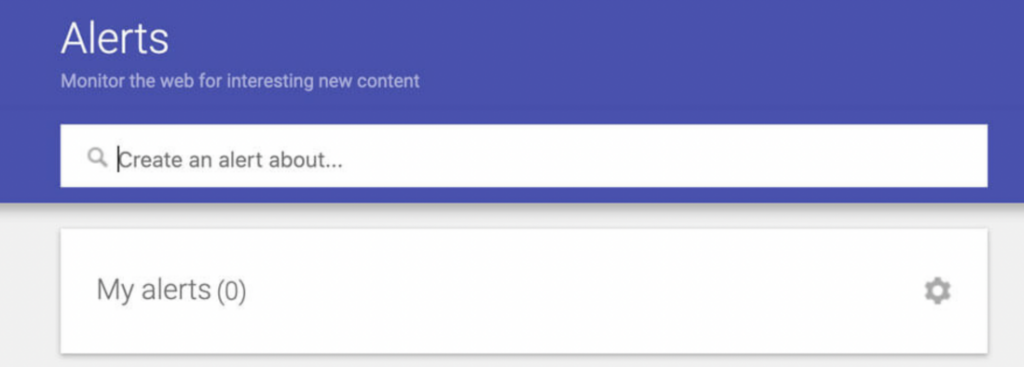
With Google Alerts, you can:
- Monitor mentions of your brand or any keywords you search for
- Track mentions of your competitors
- Receive an email regarding new results that your keywords are mentioned in, may it be blogs or web pages
Price: Free
2. Reputology
Reputology is a monitoring and management platform that allows you to monitor, analyze and respond to your online reviews.
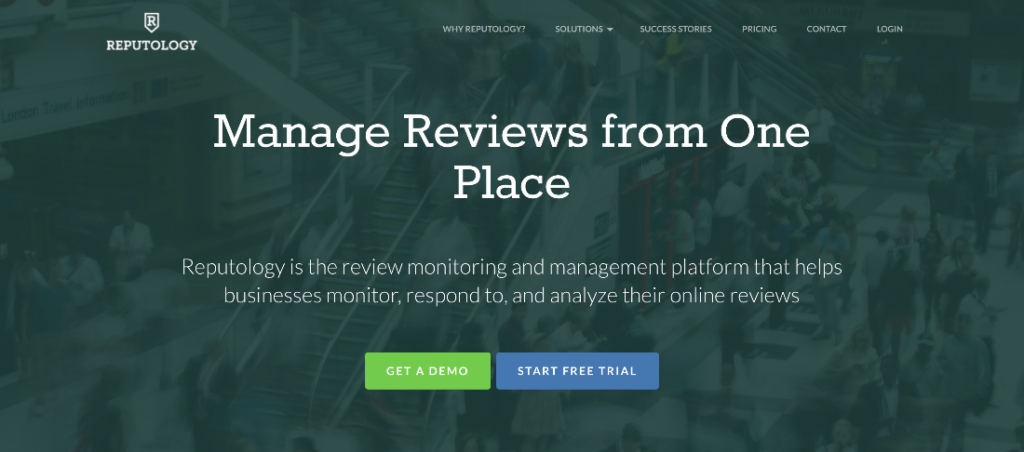
With Reputology, you can:
- Enable 24/7 review monitoring
- Respond promptly to customer reviews
- Track your team’s progress in responding to customer reviews
- Gather customer feedback with personalized surveys
Price: Reputology starts at $110/month for a solo account that includes unlimited review sites.
3. Birdeye
Birdeye is an online reputation management tool that enables you to automatically request and respond to customer reviews in over 50 review websites.
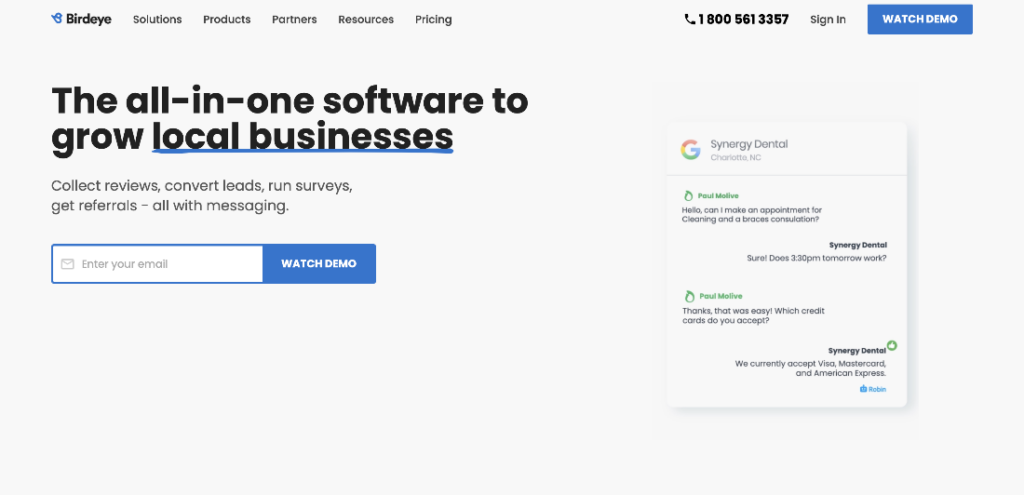
With Birdeye, you can:
- Manage customer reviews
- Respond to customer reviews
- Update your business information from your dashboard and instantly sync changes across 50 directories and review sites
- Chat with your customers from a centralized platform
Price: Birdeye starts at $299/month for a standard account.
4. Mention
Mention allows you to monitor your brand’s social media, offer insights into who is talking about your brand and analyze your competitors by tracking what people say about them.
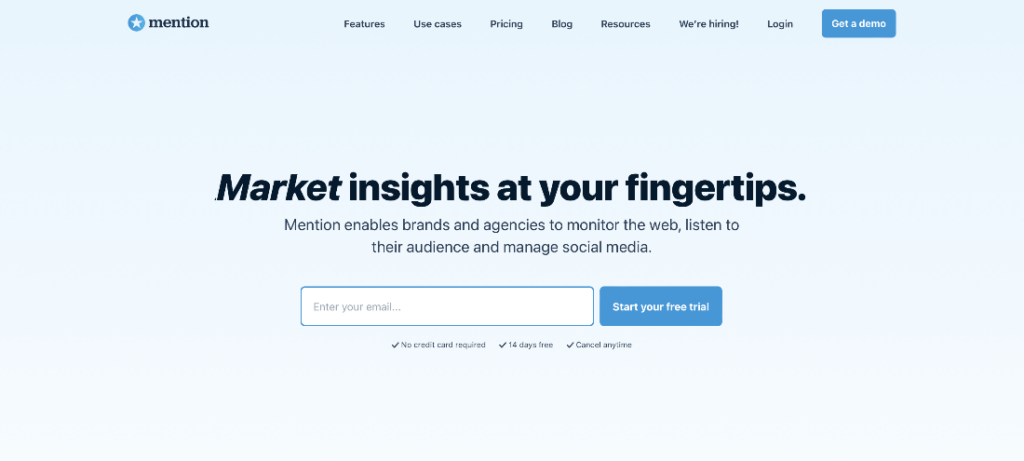
With Mention, you can:
- Track press articles, forums, review sites and blogs that mention your brand
- Uncover the latest online trends by analyzing data from Facebook, Twitter and Instagram
- Write, schedule and publish social media posts
Price: Mention offers a free version of the platform, which allows a monthly limit of one user and 1,000 brand mention notifications.
5. BuzzSumo
Buzzsumo is an all-in-one content marketing tool that allows you to search content around a keyword or brand online.
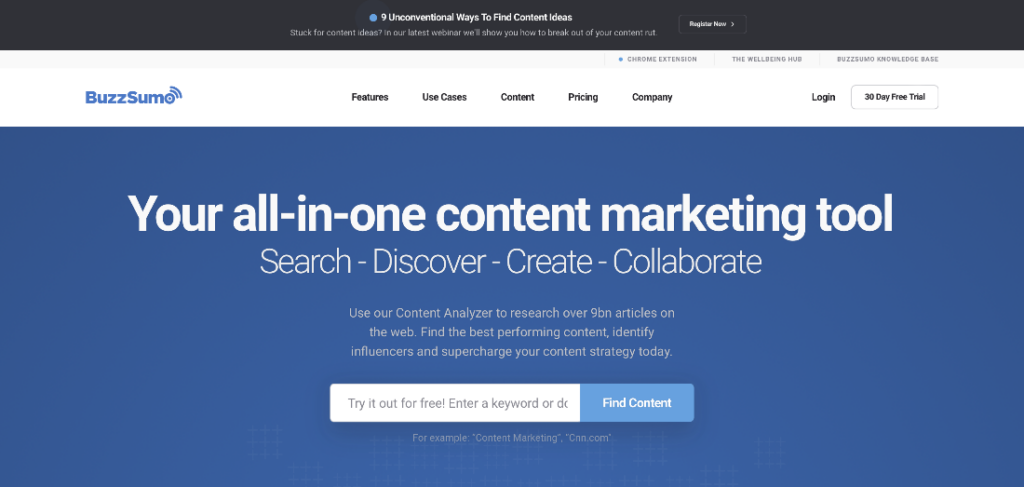
With BuzzSumo, you can:
- Find trending content and determine who has shared it and where
- Monitor brands, their comments and trends
- Identify active influencers who can endorse your brand
Price: BuzzSumo provides a free version of the platform, which allows a monthly limit of one user and 10 free searches.
While brand reputation management is a full-time gig, online tools can help simplify the process by notifying you of brand mentions, whether in media, web pages or review sites. Choose a top tool above and follow our tips to help ensure a positive brand reputation across all channels and platforms.



